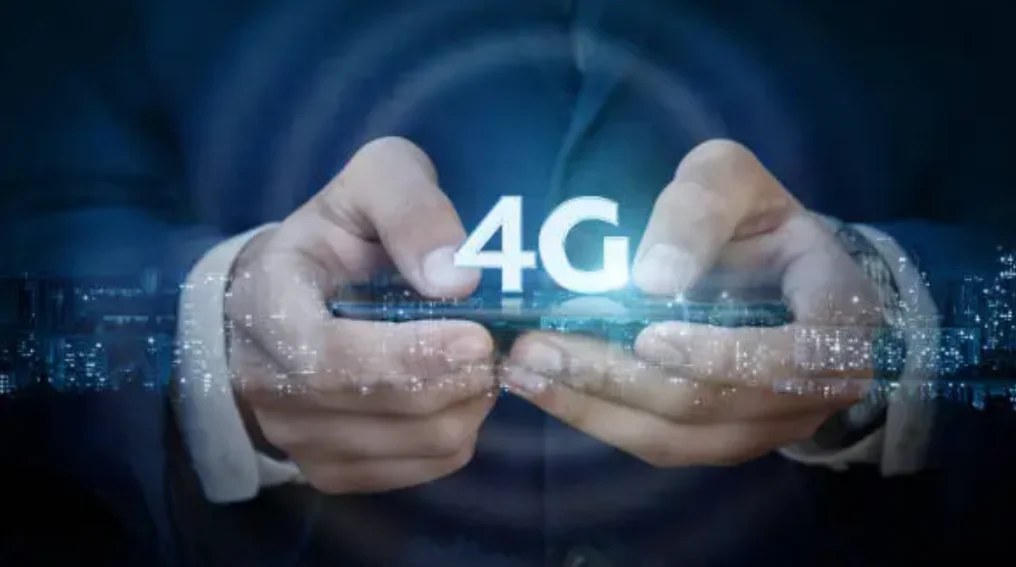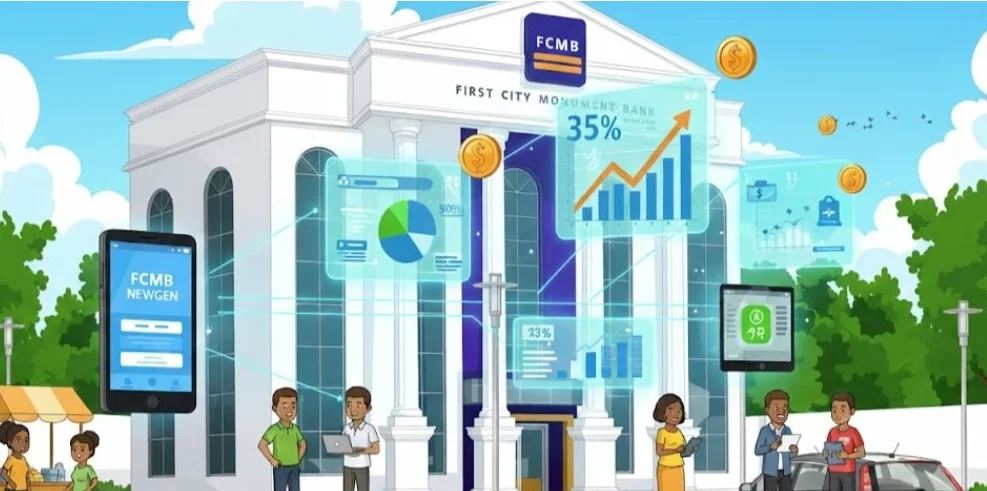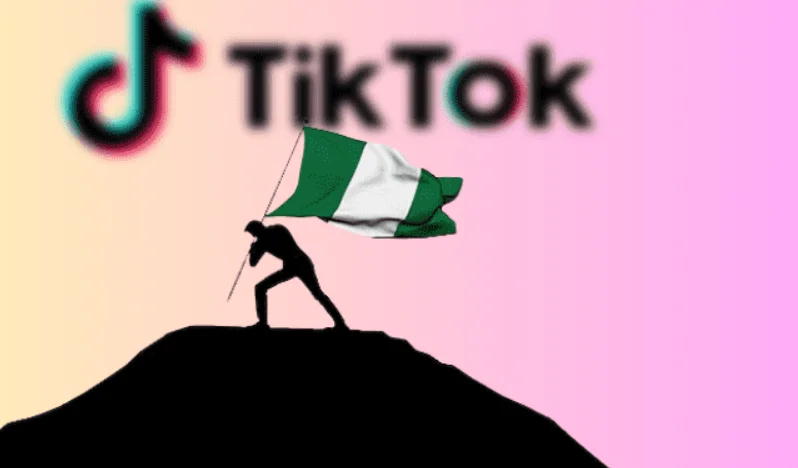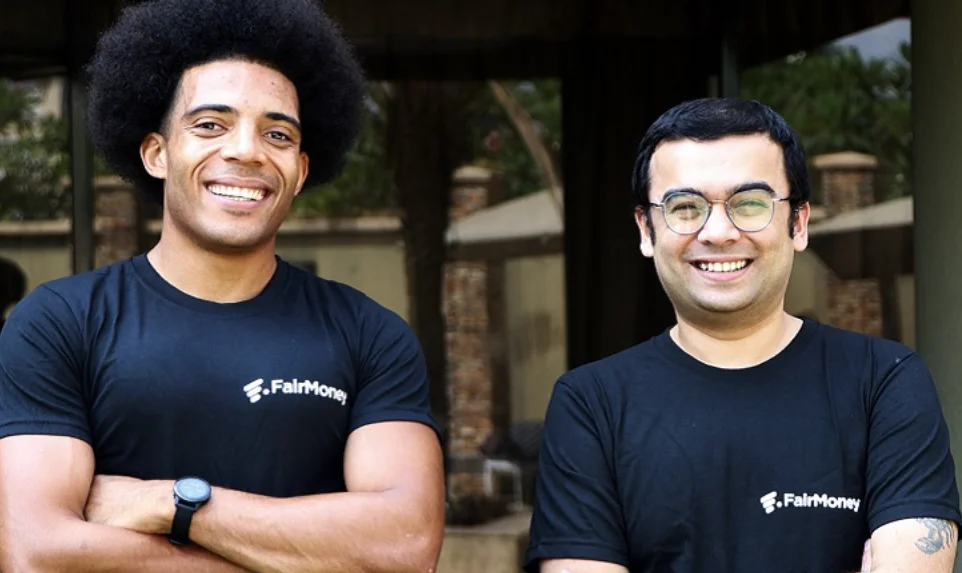Starlink Direct to Cell Becomes the World’s Largest 4G Coverage Provider
SpaceX’s Starlink Direct to Cell has officially achieved a historic milestone — becoming the largest 4G coverage provider in the world. This satellite-powered system now delivers seamless LTE connectivity to millions of mobile phone users, even in regions previously unreachable by traditional cellular networks.
By transforming every Starlink satellite into a cell tower in space, SpaceX has effectively built the first truly global mobile network, ensuring users can stay connected on land, at sea, or in the most remote corners of the planet.
How Starlink Direct to Cell Works
Launched in 2024, Starlink’s Direct to Cell service began with text messaging capabilities, later expanding in 2025 to include data and IoT (Internet of Things) connectivity. Voice services are expected to roll out soon via compatible mobile applications.
What sets Starlink apart is its plug-and-play simplicity — no extra hardware, firmware updates, or specialised apps are required. Any standard LTE phone can connect directly to Starlink satellites, making the service incredibly accessible and user-friendly.
Each Direct to Cell satellite is equipped with an onboard eNodeB modem, functioning like a cell tower in orbit. These satellites are linked by laser connections, forming a high-speed global mesh network capable of low-latency communication.
This design allows direct roaming integration with mobile network operators worldwide, ensuring smooth, uninterrupted service without costly infrastructure upgrades.
Global Impact and Life-Saving Connectivity
Starlink Direct to Cell has already demonstrated its life-saving capabilities.
- In New Zealand, a woman stranded after a car accident in a dead zone was able to text emergency responders using Starlink’s satellite network.
- During natural disasters in the United States, including hurricanes and wildfires, over 1.5 million users were able to send critical messages and receive Wireless Emergency Alerts — even when terrestrial networks were down.
These real-world examples highlight how Starlink is closing communication gaps during emergencies and ensuring that connectivity is never out of reach.
Expanding Global Coverage and Partnerships
Despite rapid mobile network growth, over 50% of the world’s landmass still lacks terrestrial connectivity. Starlink aims to bridge this gap through its expanding Direct to Cell constellation, deployed via SpaceX’s Falcon 9 rockets and soon Starship missions.
The company has already formed strategic partnerships with major carriers, including:
- T-Mobile (USA)
- Optus & Telstra (Australia)
- Rogers (Canada)
- One NZ (New Zealand)
- KDDI (Japan)
- Salt (Switzerland)
- Entel (Chile & Peru)
- Kyivstar (Ukraine)
These collaborations enable reciprocal global roaming, allowing users to maintain seamless mobile service across continents.
Empowering the Internet of Things (IoT) Revolution
Beyond traditional connectivity, Starlink Direct to Cell is revolutionising the IoT ecosystem by enabling global device connectivity for industries such as:
- Energy and mining
- Logistics and transport
- Agriculture and maritime operations
The system supports CAT-1, CAT-1 Bis, and CAT-4 modems, ensuring universal compatibility without the need for custom hardware. Businesses and governments can now integrate Starlink’s connectivity into operations globally, with service plans rolling out through partners from 2025.
A New Era of Global Communication
By merging space-based technology with terrestrial telecom networks, SpaceX is redefining the future of mobile communication. Starlink Direct to Cell eliminates the boundaries between coverage zones, providing reliable, universal access for billions of users worldwide.
As more satellites launch and voice, data, and IoT features expand, Starlink is not just connecting the unconnected; it’s building the foundation of a globally unified communication network.
With Starlink Direct to Cell, the sky is no longer the limit — it’s the signal.












